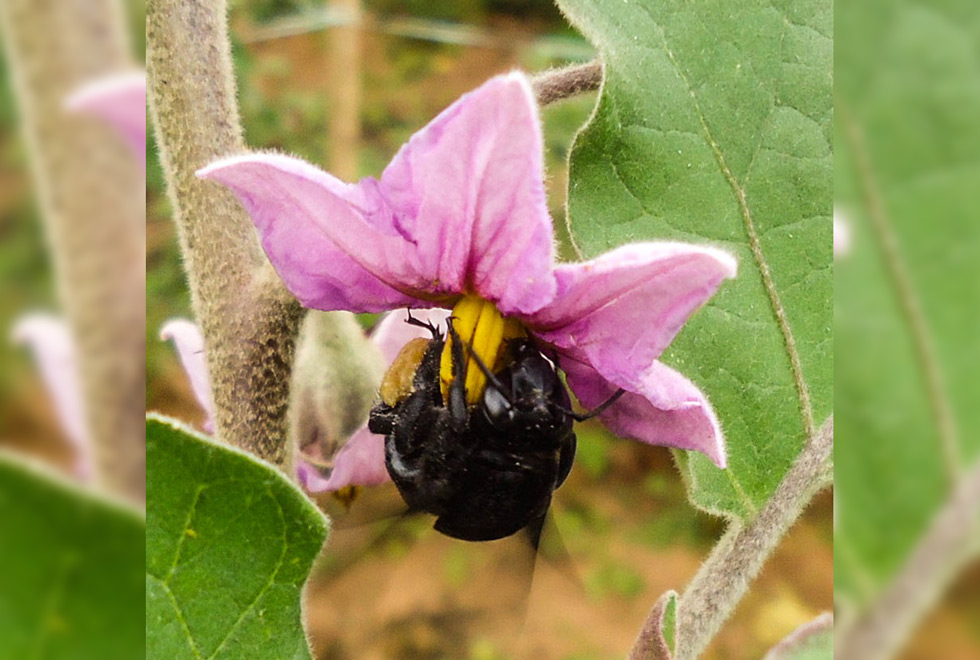
Journal of Chemical Ecology publishes study with volatile flowers made around the UNICAMP campus
Student at the Institute of Biology investigated the role of attracting floral chemical compounds to carpenter bees
TEXT: LUIZ SUGIMOTO | PHOTOS: UNICAMP NEWSPAPER COLLECTION, CARLOS NUNES, VIVIAN ZAMBON | IMAGE EDITING: RENAN GARCIA
A paper investigating the role of attracting floral volatiles to bees around Unicamp has just been published byJournal of Chemical Ecology. It is the result of Gabriela Rabeschini's research, of the Institute of Biology, started during his graduation. Researcher Carlos Eduardo Pereira Nunes, who guided the study, explains that a literature review and statistical analyzes were carried out to obtain a list of compounds that may be important in the communication between plants and an emblematic group of pollinators in Brazil and in the world, carpenter bumblebees or bees (Xylocopaspp).
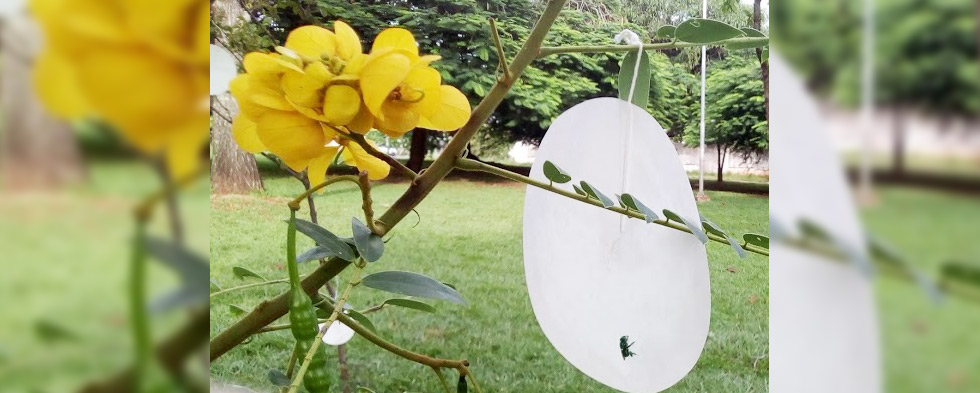
Second Gabriela Rabeschini, today master in Ecology, olfactory signals are one of the most important communication channels between plants and their pollinators. “We compiled volatile florals from 29 species plants: nine pollinated by carpenter bees and 20 by other functional groups of bees. We tested whether the emission of floral volatiles differed between these groups. Seven of them were significantly associated with carpenter bee pollination”.
Carlos Nunes adds that, with this list of candidate substances at hand, two of them were tested in the vicinity of the campus, in order to verify if they were in fact attractive to bees and if there was any specificity in this attraction. “We found that while one of the compounds did not significantly attract any pollinator group, the other, denominated beta-ion, attracted both bumblebees and other groups of bees, showing a non-specific bees attraction.”
Much of the research applications related to the area of chemical ecology, Gabriela observes, seek to identify compounds with behavioral importance (that attract or repel insects, for example) so that they can be artificially synthesized and commercialized later. “However, more than producing and commodifying, understanding the chemical mechanisms in insect-plant interactions allows us to improve sustainable management techniques, using species with the appropriate chemical characteristics to achieve the desired ecological effects.

For the ecologist, the use of plant species that produce beta-ionone among its floral compounds is an example that fits perfectly for the planning of agricultural ecosystems or in the landscaping of areas such as the Unicamp campus, if the interest is to attract large bees, like the carpenters, or perfume collecting bees. “One possible strategy is to identify which plant species produce beta-ionone among its floral compounds and, from this list of species, select the ones that best suit the planting objectives, whether for agricultural production or ornamentation, taking into account other characteristics such as longevity and form of growth. ”
The author of the research explains to laypeople that flowers are the reproductive organs of plants, and can undergo natural selection for traits that enhance reproductive success. “However, unlike animals, whose sexual display is usually presented to other individuals of the same species, plant sexual displays usually signal to animal intermediaries, that act as transporters of plant gametes from one sexual organ to another. This means that, understand the evolution of floral signs, it also requires knowing the sensory ecology of its pollinating agents.”
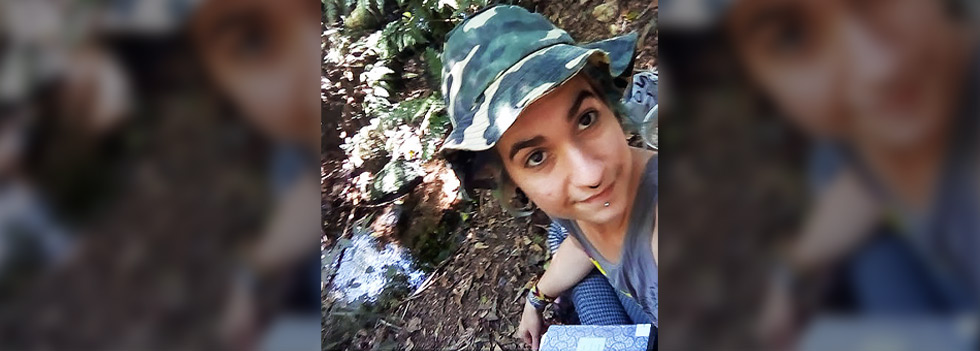
Every flower has a particular pattern associated with a series of sensory cues such as color, size, shape and odor (floral volatiles), Gabriela continues. “What makes floral volatiles such an important feature for pollination is the relevance that chemical communication has to the group of insects, who are the vast majority of visitors to agricultural species. Insects' keen ability to perceive chemical compounds allows floral volatiles to be favorably used as signaling molecules when they are associated with floral resources such as pollen and nectar.”
Demand for pollinators
The researcher informs that approximately 85% of the main crops with the highest global production (115) benefit in some way from the biotic pollination process.“But pollinating agents can not only increase total final production, but also to improve the quality of culture, its commercial viability time and, consequently, its market value. Furthermore, many of the most pollinator-dependent crops are also among the richest micronutrient foods vital to human health, mainly from the most vulnerable populations.”
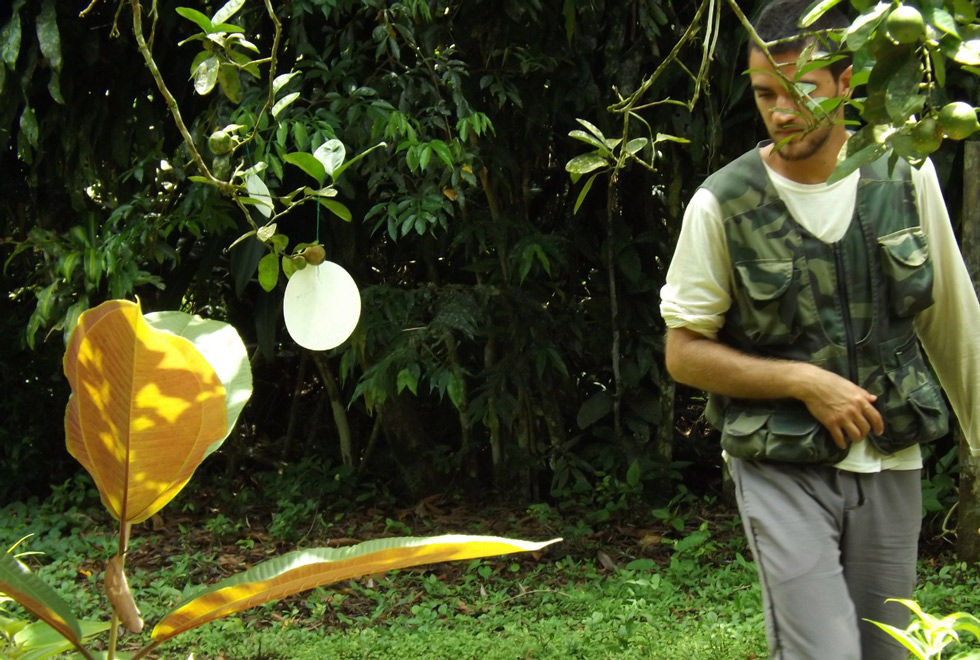
Agricultural areas cultivated with pollinator-dependent crops have doubled between 1961 is 2008, which also increases the demand for pollination services. “On the other hand, there is increasing evidence that many bee populations, who are important pollinators worldwide, are declining, suffering geographical limitations or even being extinct. Furthermore, continuous deforestation and land degradation can accelerate the decline in abundance and diversity of wild pollinators, like carpenter bees, that can be more efficient pollinators than bees managed”.
Global concern about the disappearance of bees, Gabriela Rabeschini concludes, arises from the growing disparity between agricultural demand for pollination and the ability of managed and wild pollinators to provide this service. This shows that current agricultural practices may not support growth in the production of crops dependent on pollinators, precisely because it contributes to the decline of the pollinator population.”
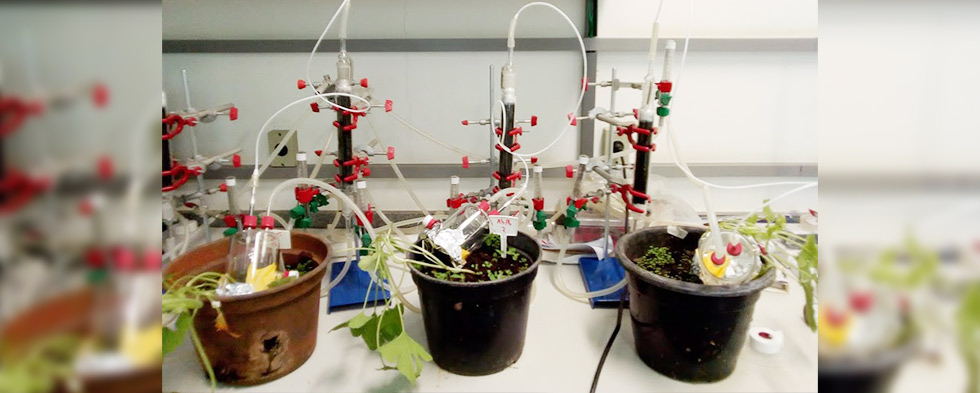
Material withdrawn from the site UNICAMP NEWSPAPER.

Sorry, the comment form is closed at this time.